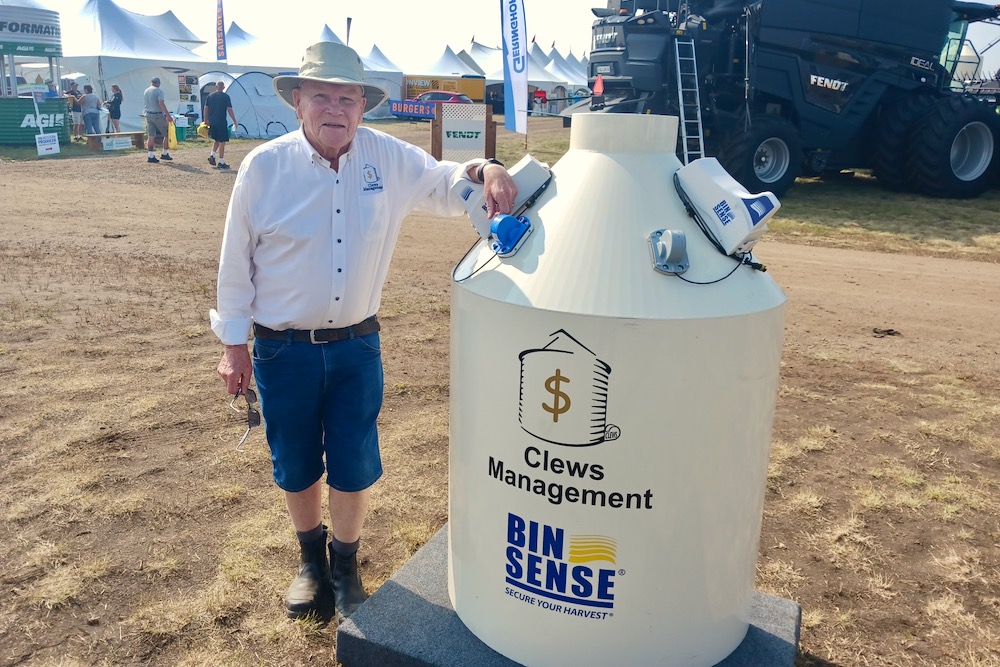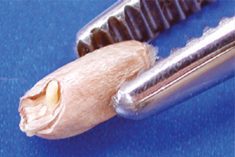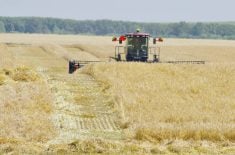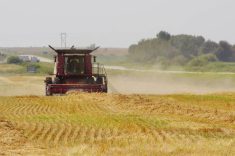Managing stored grain isn’t complex but farmers do need a clear picture of what’s happening in the bin.
Wayne Clews, of Clews Storage Management, says many farmers just guess and run fans as a safeguard measure — but that can work counter to their own best interests.
Rather than incrementally reducing the temperature of grain as the air temperature co-operates, an up-and-down tug of war ensues. A cool night cools the grain, and warmer days bring the temperature back up.
Read Also
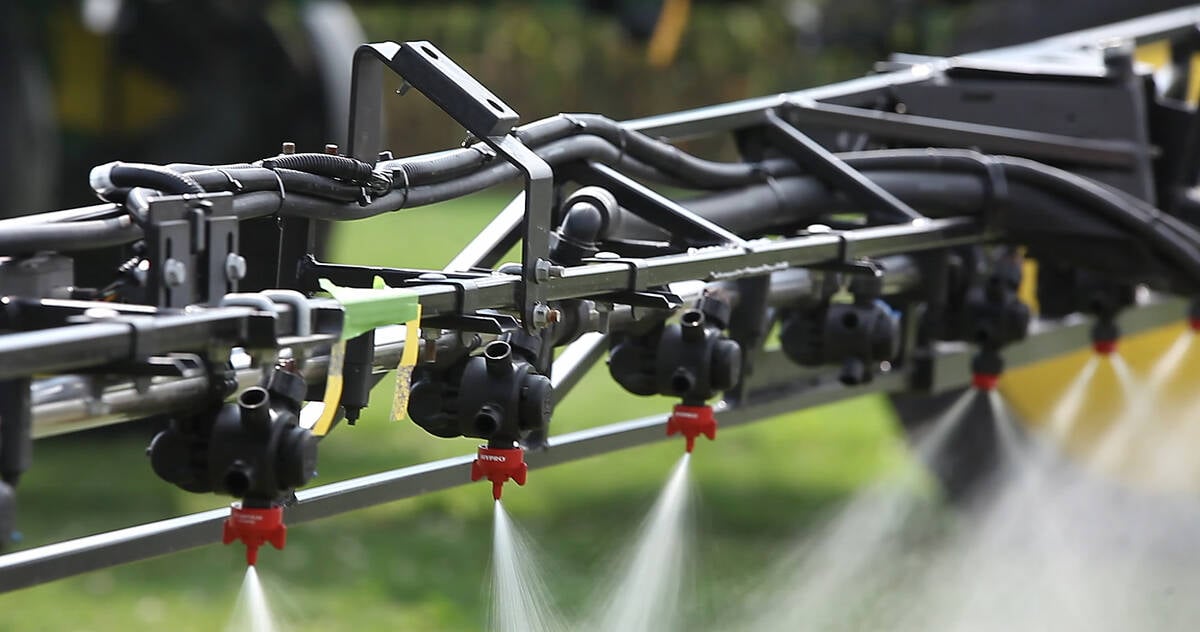
Iridium offers GPS spoofing defence
A tiny new chip will allow Iridium’s positioning, navigation and timing (PNT) signals to be received on smaller devices, create a security backstop against global positioning systems (GPS) spoofing.
“You can actually be hurting yourself,” Clews said at his booth at the Ag In Motion outdoor farm show near Langham, Sask. “You’re better off if you know what’s happening in the bin. That’s where it starts.”
Clews said recent advances have made it easier than ever to monitor temperature and manage fan operation.
“I sold my first cable (to monitor bin temperature) in 1969,” Clews said. “Back then, you had to drive into the bin yard, maybe move a little snow, and plug into the cable. These days you can take a cup of coffee into your office in the morning, get on the computer and in a few minutes know what’s happening in your bins.”
That doesn’t necessarily mean bin monitoring has taken off. It’s pretty much standard equipment on new large-capacity bins, but there are still a lot of older, smaller bins with no sensors at all.
For more on grain storage, watch for the post-harvest supplement in the Oct. 19 edition of the Manitoba Co-operator.


